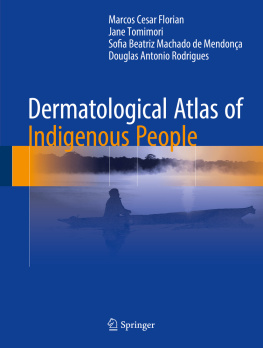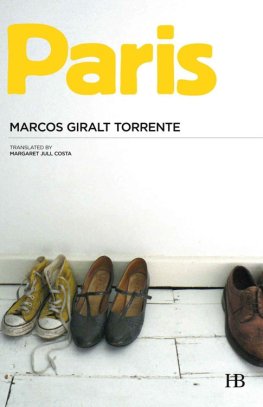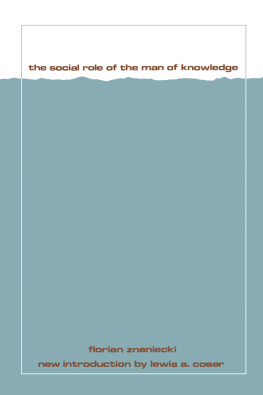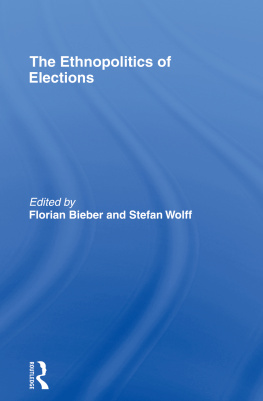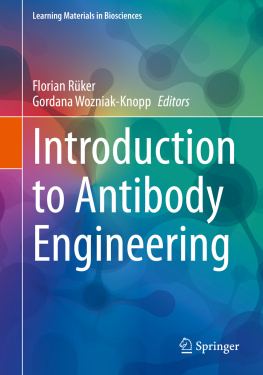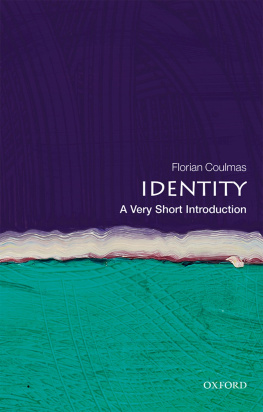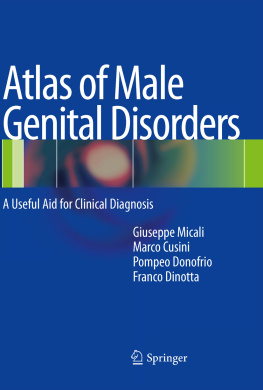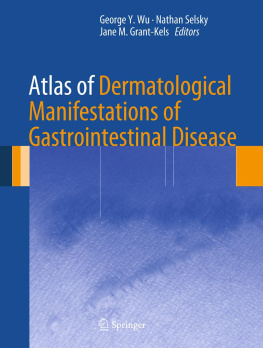Thinking of the body, you can mistakenly face it as purely biological, a universal patrimony whereupon the culture would write different histories. After all, men of different nationalities show physical similarities. However, in addition to physical similarities or differences, a set of meanings that each society writes on their members body through time, these meanings define the body in various ways. Daolio, 1995
The original idea of this book arose from the observation of the high prevalence of skin diseases in the daily routine of health professionals who work for the Primary Health Care in Amazons indigenous areas and the absence of adequate support material for these professionals.
As a result of an action-research called Dermatologic Investigation and Evaluation of Jorge Lobos Disease Evolution in Caiabi Indigenous People, Central Brazil, financed by the So Paulo Research Foundation Fapesp (process 2006/03908-0), which had as its objectives, besides reviewing the Jorge Lobos disease cases, the performance of an investigation into the prevalence of dermatosis in the villages of the middle, lower, and upper regions of the Xingu Indigenous Park and the local health staffs capacity to manage mainly skin diseases found in their daily local services. The production of this atlas was made by the cooperation of the Xingu Project, the Department of Preventive Medicine, and the Department of Dermatology of Escola Paulista de Medicina/Unifesp (EPM/UNIFESP).
It seemed important to present in this book, besides scientific knowledge, the indigenous peoples vision of their own bodies and skin, the way they think, classify, and interfere with the health-disease process, and which therapeutic itinerary they adopt to treat skin-related issues.
1.1 The Body and the Skin: Center of Social Signs
The body and, in particular, the skin are a persons introduction to their environment and community , which is why it is believed to represent an individuals contact with the external, ruled by culture. Such signs as tattoos, paintings, and scarifications can be registered on the body and reveal what group a person belongs to, her social status, or even her state of mind.
As a canvas, the skin can display several drawings, combining colors and adornments, depending on the moment, ones state of mind or health, or the ritual one is participating in. In general, during mourning periods the body is not painted or adorned, thereby revealing sorrowful feelings.
According to David Le Breton , in his book A Sociologia do Corpo on bodily inscriptions:
Social and cultural bodily markings can be completed by direct writing by the collective on the actors skin. It can be made in the form of removal, deformation, or addition. This symbolic modeling is relatively frequent in human societies: ritual ablation of a bodily fragment (prepuce, clitoris, teeth, fingers, tonsure, etc.); epidermis marking (scarifications, incisions, apparent scar, infibulation, teeth modeling, etc.); tegumentary inscriptions in the form of permanent or temporary tattoos, make-up, etc.; body form modifications []; use of jewelry or objects that deform the body: reed rings and pearls that cause, to the individual growth, a neck extension, inserting disks in the upper and lower lips []. These bodily markings fulfill different functions in each society. Seduction instruments are more often a ritual way of indicating affiliation or segregation. They symbolically integrate people within their community or clan, separating them from other communities or clans and, at the same time, the surrounding nature. They humanize the person, putting him socially in the world []. They reproduce the social status or, more specifically, the matrimonial status in a world that can be read by everybody.
Regarding the body and the skin as the center of social meanings, Clastres reveals another perspective, the body as written surface [] able to receive the legible law text,, obedience to rules and social laws , particularly when referring to the role of suffering and scars. The body is the memory, for example, in the initiatory rituals of indigenous societies, scarifications, tattoos, or other procedures that leave a mark, a mark that tells the story of the subjects life. Changes in the body and skin occur during every biological cycle, and such changes are for adolescents the most important moments for modeling purposes.
In the initiatory ritual, the society prints its mark on the youngest bodies The mark is an obstacle for forgetfulness, the body brings printed on itself the skin grooves memory the body is a memory. The mark proclaims surely its belonging to the group The society dictates its laws to the members, inscribes the law texts on body surface []. The mark on the body, like on all bodies, states: you will have no desire for power, neither covet be submissive, and this law does not separate and can be only inserted in a non-separated space: the body itself (Clastres, 2000, p. 196).
Among the Ikpeng , for example, children around seven and nine years old must have a tattoo on their face, which is a characteristic mark of this people, in a rite of passage. The whole village mobilizes for the party:
The main party celebrated by this people, the Ikpeng , is Moyngo , in which boys faces are tattooed. The ritual is preceded by many dance sessions and, in the end, by a big hunt, in which the to-be-tattooed childrens fathers, who are the hosts, participate. After about 1 month, an expedition messenger is sent to the village announcing the hunters return. The next day, during a dance session, to the sound of flutes and the indigenous chiefs voice, the hunters arrive with a huge basket full of prey.
The hunters camp next to the village and women go there to take hunt made in a moqum and leave beijus . The participants cover the body with some wood resin and stick bird feathers on it. They go in the village at nightfall and drink sweet perereba (kind of porridge). Next, each man dances holding in one hand a to-be-tattooed child and in the other a torch. Again, they spend a whole night dancing. Lastly, at the end of the party in the morning, the children are tattooed. First, they make incisions (stripes) on the childrens faces with a tucum thorn and then they pass the coal extracted from the courbaril resin ( Instituto Socioambiental , undated).
1.2 The Skin as the Body Limit and the Exchange of Substances
Concern for the body, and the skin in particular, is huge among indigenous peoples, aesthetically and functionally. The aesthetics and beauty are adored from the beginning of life, in early childhood.
The skin, the bodys boundary and place of contact with the external, also has a key role in the protection of the body and, at the same time, works as an entry way for medicines. Many procedures are performed on the skin to protect the body using special paints, mainly on children, using pequi , tucum , or maripa palm fruit oils. Annatto or saffron, for example, keeps bad spirits and insects away. Annatto paste, genipap, bird feathers, certain tree resins, and cotton are used as clothes or costumes in rites and parties. For indigenous people, a painted body is a healthy body.
Body modeling starts in toddlers, tying the leg under the knee, so that the childs leg will get more beautiful. Tying is also done in the arm, at the height of the deltoid muscle insertion, so it becomes more beautiful and rounded.

